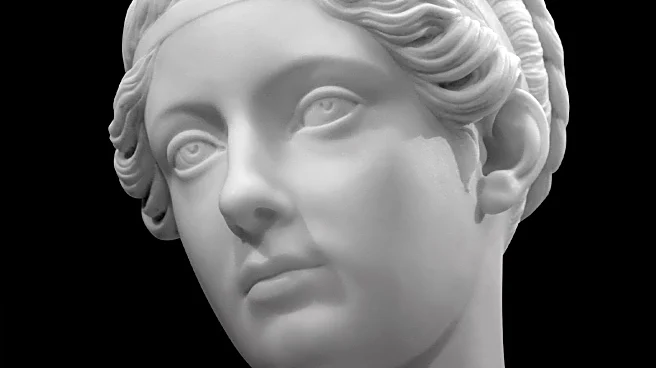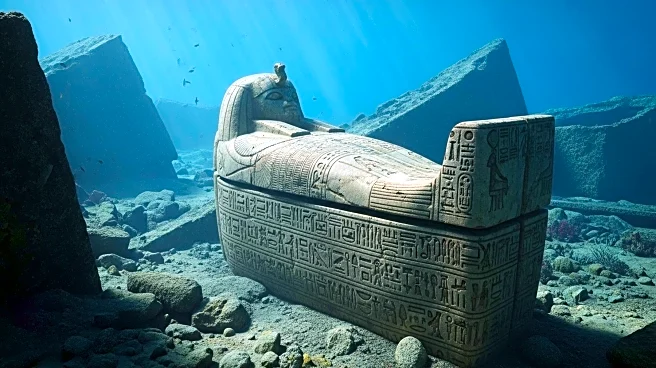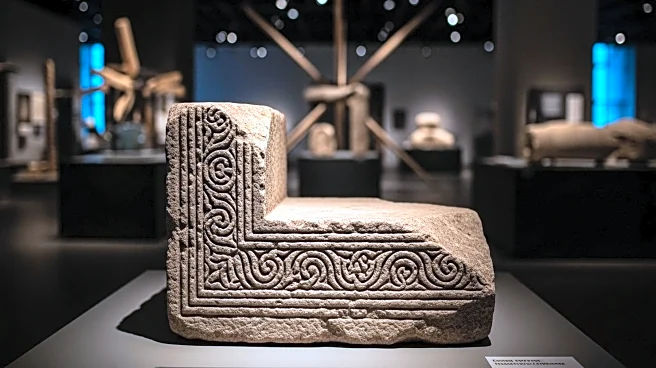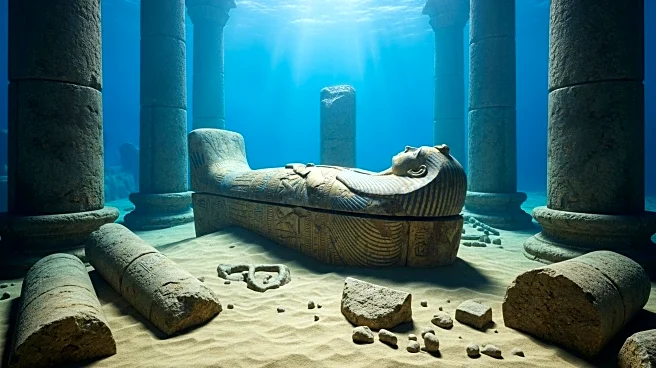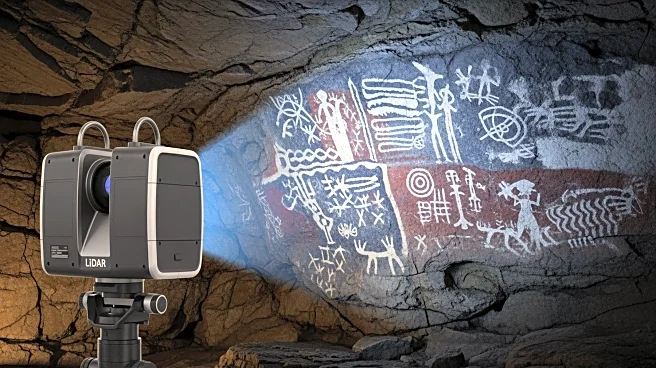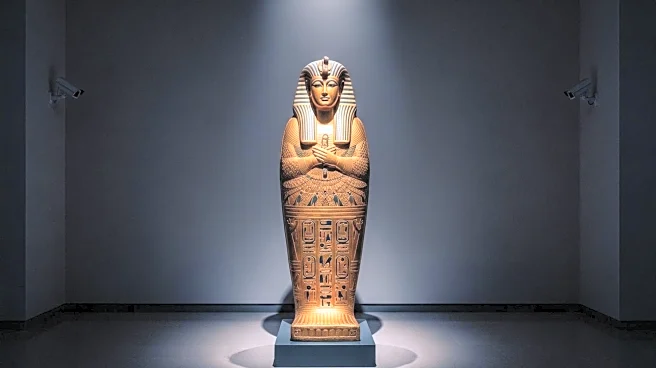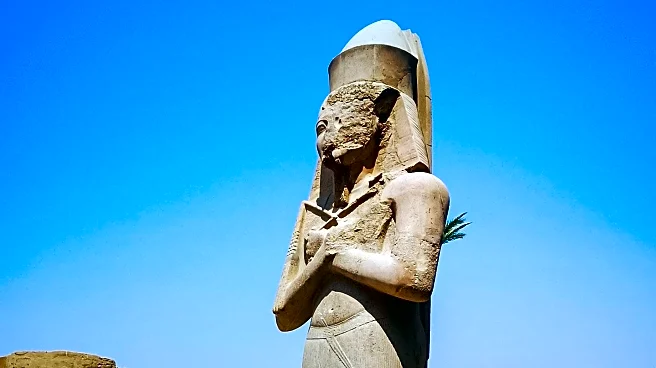What's Happening?
Archaeologists have uncovered a significant Byzantine gold hoard in Susita, Galilee, consisting of 97 gold coins and jewelry. This discovery offers insights into the region's wealth and political dynamics during the Sassanid invasions. The coins feature the portrait of Emperor Heraclius, providing a glimpse into the Byzantine era's economic and cultural landscape. The find contributes to understanding the historical context of the Byzantine period, highlighting the region's strategic importance and the impact of invasions on local communities.
Why It's Important?
The discovery of the Byzantine gold hoard enriches the historical narrative of the Galilee region, offering valuable information about the economic and political conditions during the Byzantine era. Such archaeological finds enhance our understanding of past civilizations, informing current cultural and historical studies. The hoard's preservation and analysis can provide insights into trade, wealth distribution, and societal structures of the time, contributing to broader archaeological and historical research.
What's Next?
Further analysis of the gold hoard will likely involve detailed studies of the coins and jewelry to uncover more information about the Byzantine period. Archaeologists may continue excavations in the area to explore additional artifacts and sites, potentially revealing more about the region's historical significance. The findings may be shared with the academic community and the public through exhibitions and publications.
Beyond the Headlines
The ethical considerations of archaeological discoveries emphasize the importance of preserving cultural heritage and respecting historical sites. The dissemination of knowledge gained from such finds can foster appreciation for diverse cultural histories and promote international collaboration in heritage conservation.

